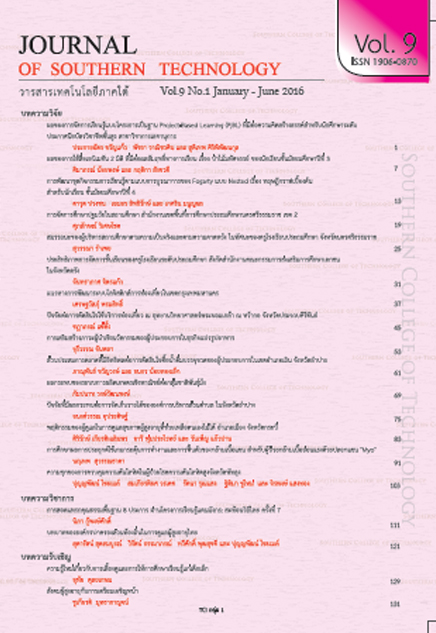ความหมายและองค์ประกอบของการบริหารคนเก่งในองค์กร: การทบทวนวรรณกรรม
Main Article Content
Abstract
The Meaning and the Components of Talent Management in Organizations: Literature Review
This article provides a comprehensive review of the meaning and the components of talent management on the synthesis through literature review. The meaning of talent was concluded as people have higher knowledge, understanding, skill, and ability more than the others. The meaning of talent management was concluded as the operations integrating human capital management in people that exhibit knowledge, understanding, skill, ability, high performance and high potential, and linked to top organizational strategies. Talent management comprises eight components including talent identification, talent recruitment, talent selection, talent development, talent retention, talent compensation management, talent performance management and talent succession planning. These results lead to a clearer knowledge on talent management and more value on human resource management.
Article Details
-
Authors must agree to the journal publication rules and allow the editors to edit the manuscripts for publication.
-
Author’s right belongs to the author but Journal of Southern Technology holds the right of first publication and thus allow readers to use the article for the purpose of education but not commercial.
